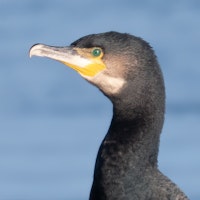
Cormorants
Cormorant
The Cormorant is a large, dark waterbird commonly found in coastal regions of Ireland. They have long necks, hooked bills, and a distinctive posture when resting with their wings outstretched.

Description:
The Cormorant bird is a large, dark water bird that can be easily spotted thanks to its elongated neck and black plumage. They have long, hooked bills that are specifically designed for catching fish, and their webbed feet help them to swim and dive underwater in search of prey.
What They Eat:
As piscivorous birds, Cormorants primarily eat fish, particularly eels and other aquatic creatures like crustaceans, mollusks, and amphibians. They are skilled divers and can stay underwater for up to one minute while hunting for food.
Habitat:
In Ireland, Cormorant birds can be found near both fresh and saltwater bodies of water like lakes, rivers, estuaries, and coastal areas.
Size and Wingspan:
Cormorants are medium to large-sized birds with an average length of 80 cm and a wingspan of up to 1.2 meters. They are slim and streamlined, allowing them to swim and dive quickly and efficiently.
Male and Female Difference:
It is very difficult to differentiate between male and female Cormorant birds as they are almost identical in appearance. However, during the breeding season, males tend to have brighter, thicker neck feathers.
Where to Find:
Cormorant birds can be found on the coasts and inland waterways of Ireland, particularly in areas with a lot of fish activity. They can also be found nesting in trees or on rocky cliffs during the breeding season.
What Months Can Be Found in Ireland:
Cormorants can be found in Ireland all year round. In the breeding season from April to June, they form large colonies and can be observed nesting in trees or on rocky cliffs.
Interesting Note:
Cormorant birds have been known to cause controversy among fishermen in Ireland. They are skilled at catching fish, which can often lead to depletion of local fish populations. As a result, there have been suggestions to control Cormorant numbers in some areas to ensure that they don't have an adverse impact on local ecosystems.
Other Birds of Ireland...
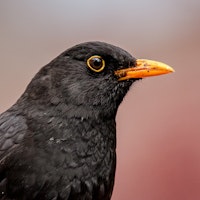
Blackbird
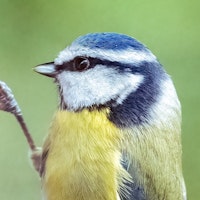
Blue Tit
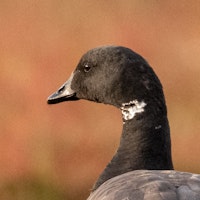
Brent Goose
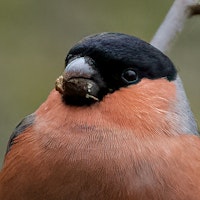
Bullfinch
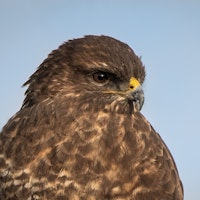
Buzzard

Chaffinch
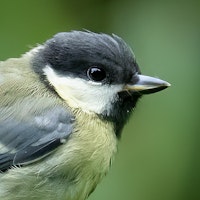
Coal Tit

Cormorant
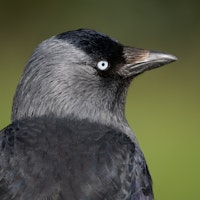
Crow
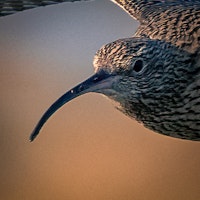
Curlew
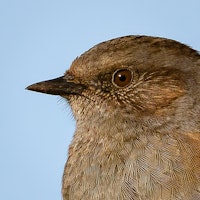
Dunnock
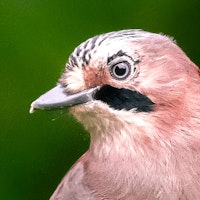
Eurasian Jay
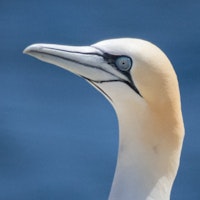
Gannet
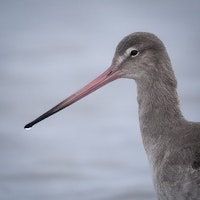
Godwit
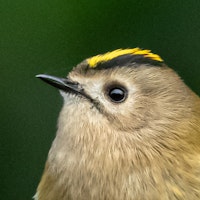
Goldcrest
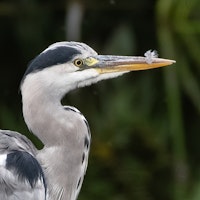
Grey Heron
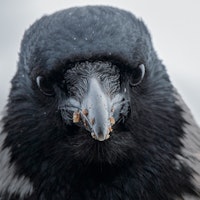
Hooded Crow
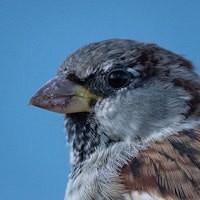
House Sparrow
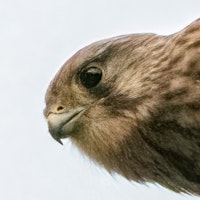
Kestrel
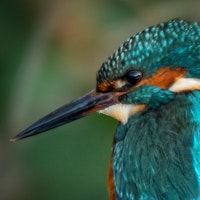
Kingfisher

Lapwing

Little Egret

Long Eared Owl

Long-tailed Tit

Mallard Duck

Merlin

Moorhen

Mute Swan

Oyster Catcher

Peregrine Falcon

Pied Wagtail

Pintail

Puffin

Red Kite

Redshank

Robin

Rook

Sanderling
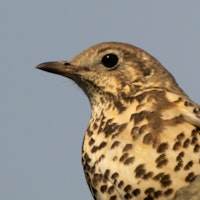
Song Thrush

Sparrowhawk

Starling

Stonechat

Swallow

Tree Creeper

Wren
More pages currently being produced...
Please connect to get updated when new pages are published








